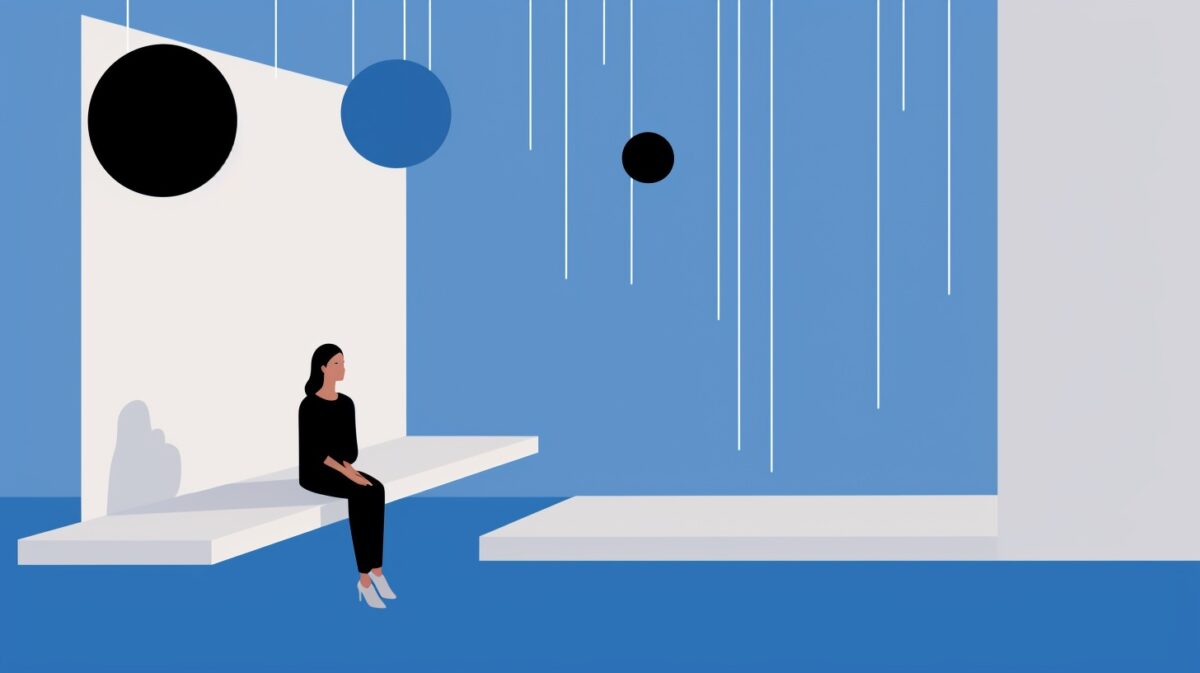Our ‘Sessions‘ series explores sessions at the Clinical Psychologist’s Office
Session 2 at the Clinical Psychologist’s Office
The room remains a comforting haven for Sue. Her demeanor is a mix of curiosity and nervous anticipation.
Dr. Greene: Welcome back, Sue. I hope the past week has been manageable for you. How are you feeling today?
Sue: Hi, Dr. Greene. It’s been up and down. I’ve been reflecting a lot on our last session, and while it’s good to have some clarity, it’s also a bit overwhelming to think about the journey ahead.
Dr. Greene: It’s natural to have those feelings, Sue. Coming to terms with a diagnosis can be both comforting and daunting. Today, I thought we could discuss our therapeutic approach and how we can work together. Would that be alright?
Sue: Yes, that’s what I’ve been hoping for. I want to understand how therapy can help me with this.
Dr. Greene: Alright. We’ll be focusing on a CBT technique called “cognitive restructuring.” It’s a method used to challenge and change the irrational beliefs and thought patterns that are causing emotional distress and unwanted behaviors.
Sue: How does it work?
Dr. Greene: Essentially, cognitive restructuring involves four main steps:
- Identifying Negative Thoughts: Together, we’ll work on pinpointing those intrusive, repetitive thoughts that lead to your anxiety and compulsions.
- Challenging These Thoughts: We’ll examine the validity of these thoughts, probing them with questions and understanding where they originate from. This will help us see if they’re based on facts or irrational fears.
- Replacing Negative Thoughts: Once we understand and challenge the thoughts, we’ll work on replacing them with more positive, realistic ones.
- Practice and Feedback: As with any skill, practice is key. You’ll be practicing these new thought patterns outside of our sessions, and we’ll review and refine them together.
Sue: It sounds like I’ll have to confront these thoughts head-on, which is a bit scary.
Dr. Greene: It can be challenging, but remember, the idea is to change your relationship with these thoughts. Instead of them controlling you, you’ll learn to manage and challenge them. With practice, this can lead to a significant reduction in distress and compulsive behaviors.
Sue: What if I struggle with replacing the thoughts? Some of them feel so deeply ingrained.
Dr. Greene: It’s a valid concern, and you’re right; some thoughts are deeply rooted, often from years of repetition. But that’s why we’ll be working together. I’ll be here to guide you, provide feedback, and help you find alternative thoughts that feel authentic to you. Over time, as you practice, the new patterns will start to feel more natural.
Sue: I appreciate that, Dr. Greene. It’s a lot to process, but I’m hopeful about finding a way through this.
Dr. Greene: And I’m confident in your ability to make progress, Sue. Remember, it’s a journey, and I’m here to support you each step of the way.
The session depicted above is a fictional representation and does not depict real individuals or actual events. It is constructed based on general principles and experiences within the field of clinical psychology but is not representative of any specific real-life scenario or therapeutic relationship. Anyone seeking psychological advice or therapy should consult with a licensed professional who can provide guidance tailored to their unique situation.
